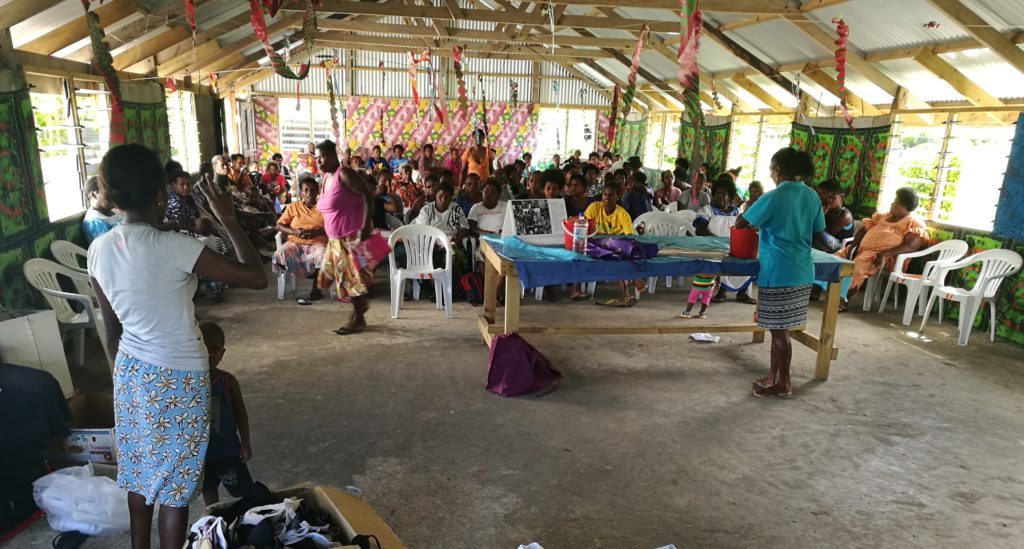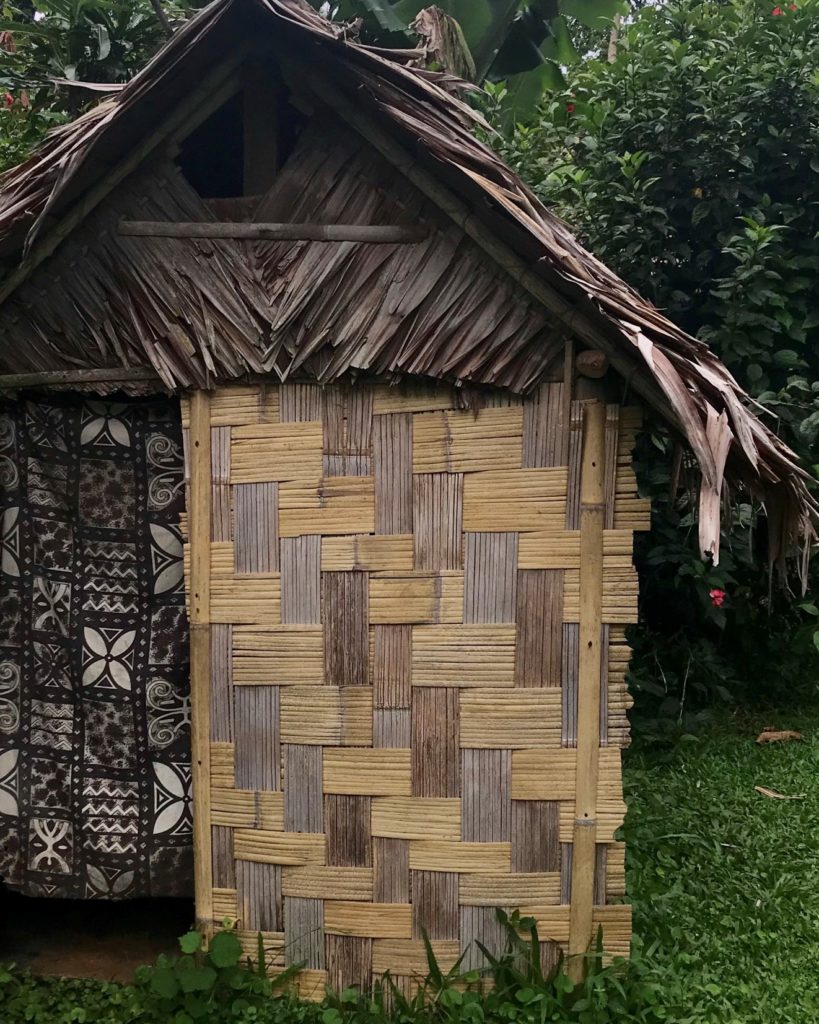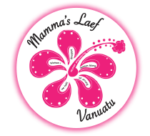WARNING – Incontinence
Bodily fluids and thinking on our feet
Surprisingly, maybe, speaking about natural bodily functions is a difficult topic for many to speak of. We’ve been doing this for 4 years now – menstruation / periods / aunt flow / sikmun. However, we now add to that list – urine / faeces / Number 1’s & Number 2’s / wees & poos and how to manage these.
For many women, especially those who have given birth, urinary incontinence is an all too familiar topic. New Zealand statistics indicate that 1 in 3 women who have had a baby, will wet themselves.
Yet, many women don’t want to talk about and keep it to themselves.
Feeling embarrassed or too shy to share that information with anyone, (including a medical professional).
Wondering if anyone else experiences “leakage” too.
Incontinence – no kontrolem pispis (bislama)
Did you know that in the western world, urinary incontinence is more common in women than men, with a ratio of 4:1 ?
In Vanuatu, indications are that there seems to be a more even balance in gender when it comes to urinary incontinence.
It was because of some brave women on Lelepa and Moso Islands, who when we visited in April 2018 (thanks to Rotary Clubs of the Nelson Bays region, NZ) shared with us the need for incontinence products. We were confronted and concerned and that got us thinking. How could we help men and women with incontinence (no kontrolem pispis). We had to think on our feet.
Incontinence Action
We began experimenting with design, and had different prototypes tested by Janet. Living in a rural area, with (sometimes) limited water and a good sense of what would work or not, her honest feedback has been invaluable. We also spoke with mammas in remote islands and medical professionals, to ensure the best design that suited the Vanuatu environment.

Laitem ol Dak Kona is a long term project for World Vision Vanuatu, funded by DFAT (Australia) and Water for Women Fund. The project aims to empower women and people with disability with ways of accessing better WASH (water, sanitation and hygiene) needs, as well as to strengthening access to devices to improve daily life.
That project has recently conducted a MASSIVE (in capitals so you get the idea how HUGE this undertaking was) survey of 64,000 households across TORBA and SANMA Provinces in northern Vanuatu. If you have travelled to either of those Provinces, you will understand the incredible feat that was – mountainous areas and islands where access to villages is only by foot.
Initial results indicate that more than 9.8% of households have at least one person living with disability. We believe that some of those living with disability will also have some form of incontinence.
Did you know that people living with disability are 7 times more likely to use a different toilet to the rest of the family?
Why might that be?
If you have limited mobility – reliant on crutches or a wheelchair or people to carry you – you are more likely to need a bucket or similar “toilet” in close proximity to you. Your journey to the family toilet is a bit tricky.

Then there are those who have no control of their urinary or faecal urges.
It was time to take action.
Testing reusable incontinence products
With World Vision Vanuatu’s help and working alongside Vanuatu Society for People with Disability, late 2019, Mammas Laef Vanuatu trialled our prototypes of reusable incontinence pads and a reusable full nappy system.
Since that trial, the Canada Fund for Local Initiatives (Australia) has allowed us to expand and refine the products and reach more people living with disability and incontinence.
We will continue producing these reusable hygiene products, refining and thinking on our feet.
They do make a tangible difference.
Mi lukim yu
Belinda

Comments (0)